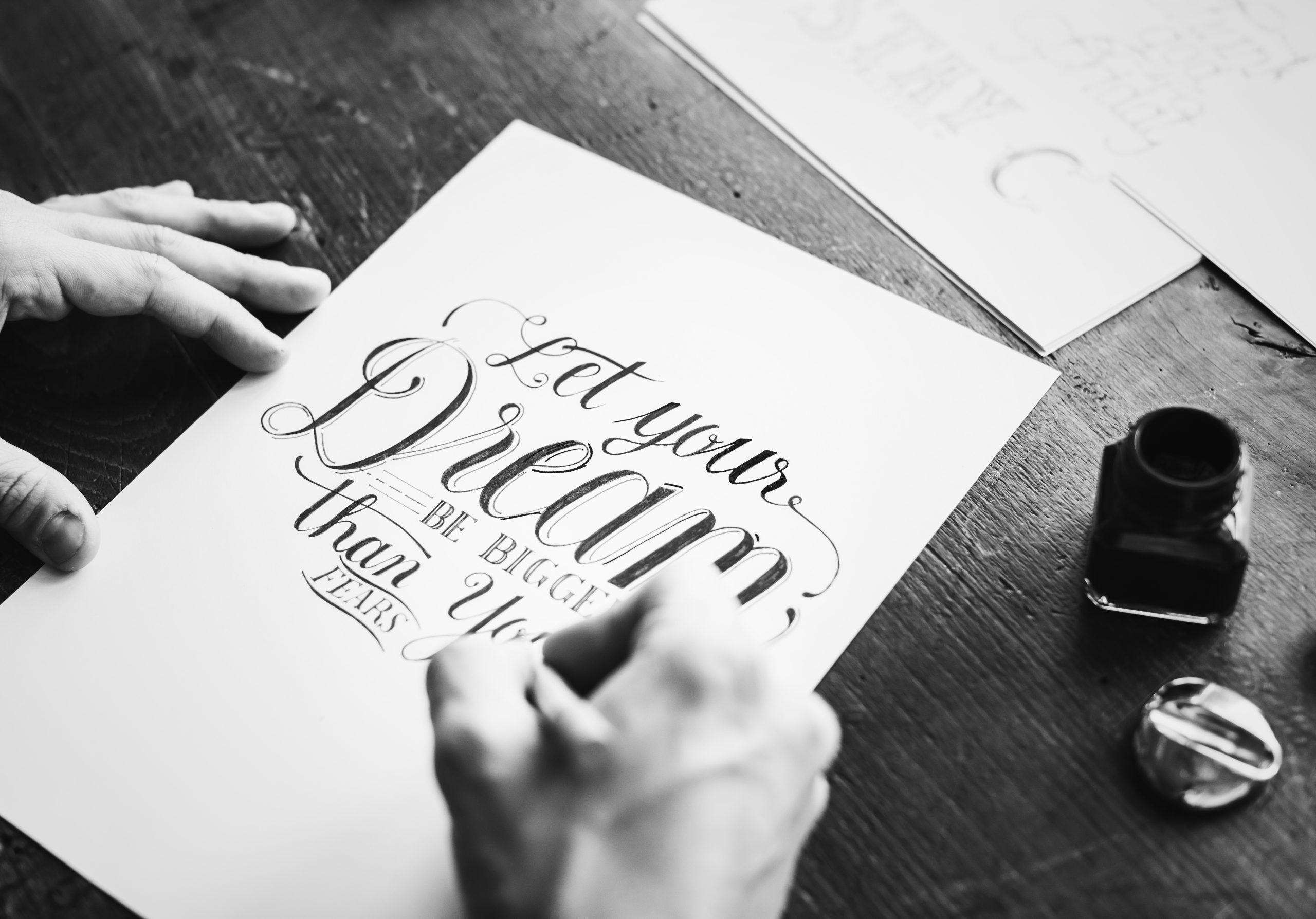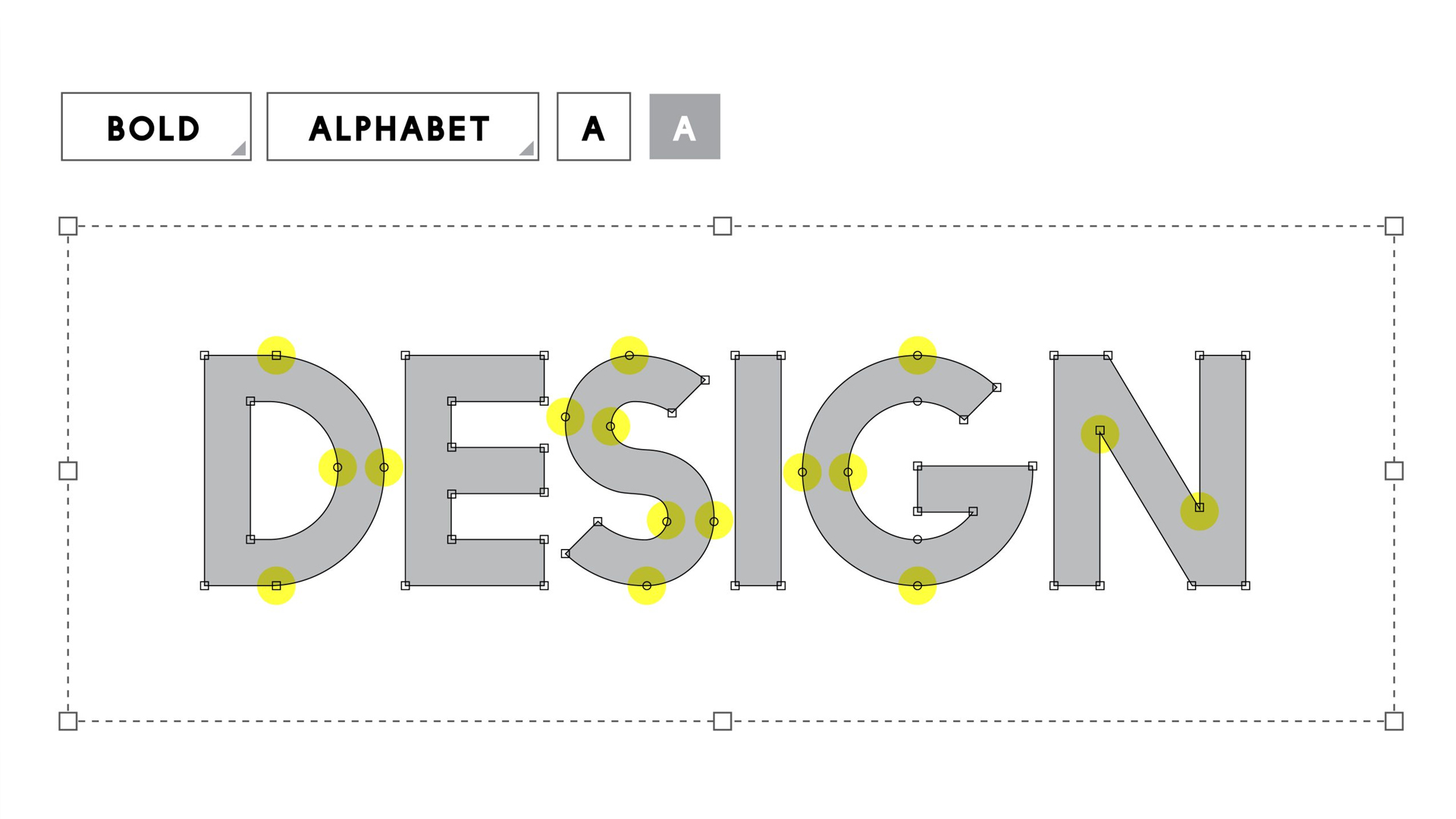December 15, 2023
0 Comments
By
Smart Brains
Basics
Typography, often regarded as the silent force behind visual communication, plays a crucial role in shaping the success of design. Beyond the mere selection of fonts, typography encompasses a nuanced interplay of various elements that contribute to the overall aesthetic and communicative impact of a design. In this blog, we will explore the multifaceted role of typography in effective design, delving into its historical significance, key principles, and its modern applications.
Historical Significance
Typography has a rich history that spans centuries, from the invention of movable type by Johannes Gutenberg in the 15th century to the evolution of various typefaces and printing technologies. Early typography set the foundation for the art and science of arranging type to make written language legible, readable, and visually appealing. The principles established in the past continue to influence contemporary design, highlighting the enduring significance of typography.


Readability and Legibility:
- Readability refers to how easy it is to read long passages of text, while legibility focuses on individual characters and their distinguishability. A well-designed typeface strikes a balance between the two, ensuring that the audience can effortlessly consume the content.
Hierarchy:
- Typography creates visual hierarchy by manipulating font size, weight, and style. This hierarchy guides the viewer’s eye through the content, emphasizing important information and establishing a clear flow of information.
Contrast:
- Effective use of contrast in typography involves varying font sizes, weights, and styles to create visual interest and draw attention to specific elements. This can be crucial in highlighting key messages or creating emphasis within a design.
Alignment:
- Proper alignment ensures a clean and organized layout. Whether left-aligned, right-aligned, centered, or justified, alignment contributes to the overall coherence of the design.
Consistency:
- Consistency in typography involves using a harmonious combination of typefaces, maintaining a coherent style throughout a design. This creates a unified and professional look that enhances the overall visual appeal.
Modern Applications:
Branding:
- Typography plays a pivotal role in brand identity. The choice of fonts can convey a brand’s personality, values, and target audience. Consistent use of typography across various platforms helps in establishing a strong and recognizable brand image.
Web Design:
- In the digital age, where content is primarily consumed online, typography in web design is critical. Responsive typography ensures optimal readability across different devices, and web fonts provide designers with a diverse range of typefaces to choose from.
User Experience (UX):
- Typography significantly influences user experience in digital interfaces. Clear and legible typography enhances navigation, readability, and overall user satisfaction. Thoughtful use of type can guide users through a website or application seamlessly.
Print Design:
- While digital design has become predominant, print design still relies heavily on typography. From editorial layouts to poster designs, choosing the right fonts and arranging them effectively are fundamental to delivering a compelling message.
"Typography is the art that speaks silently and the science that resonates visually, shaping the soul of design with the elegance of letters."
Jason Santa Maria
Author


